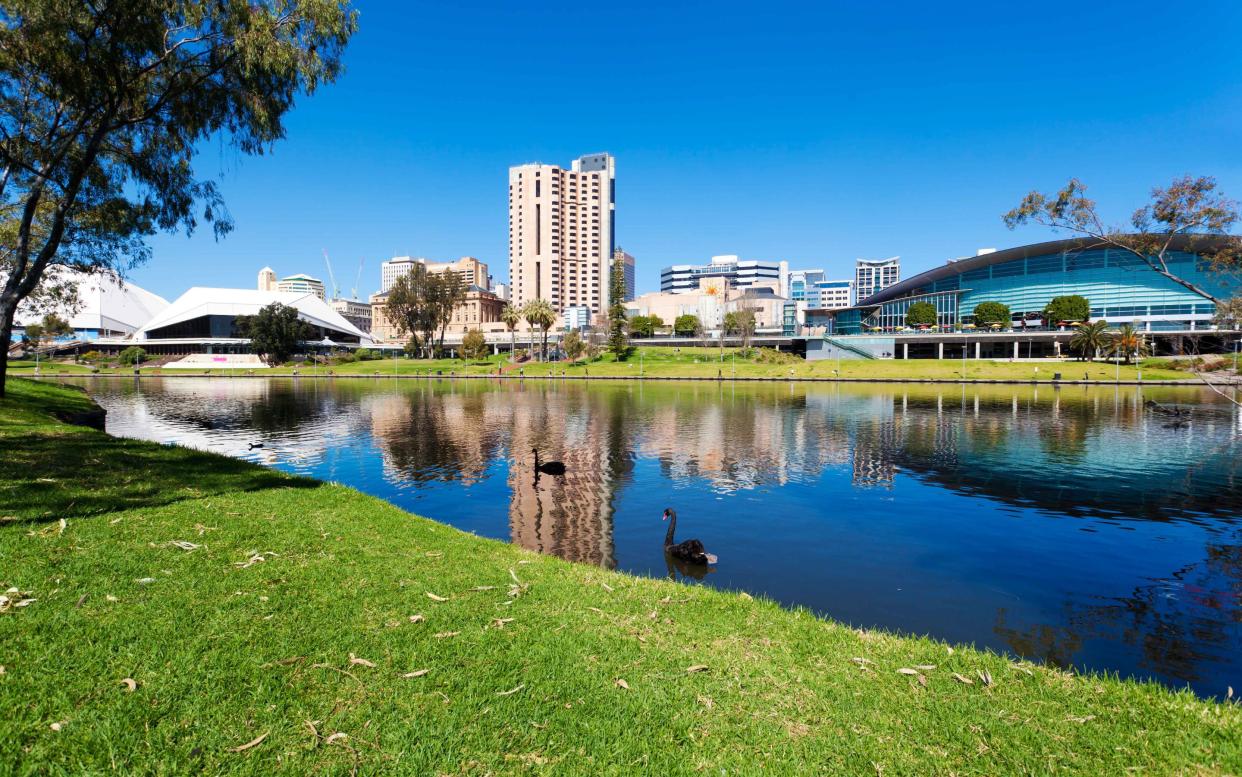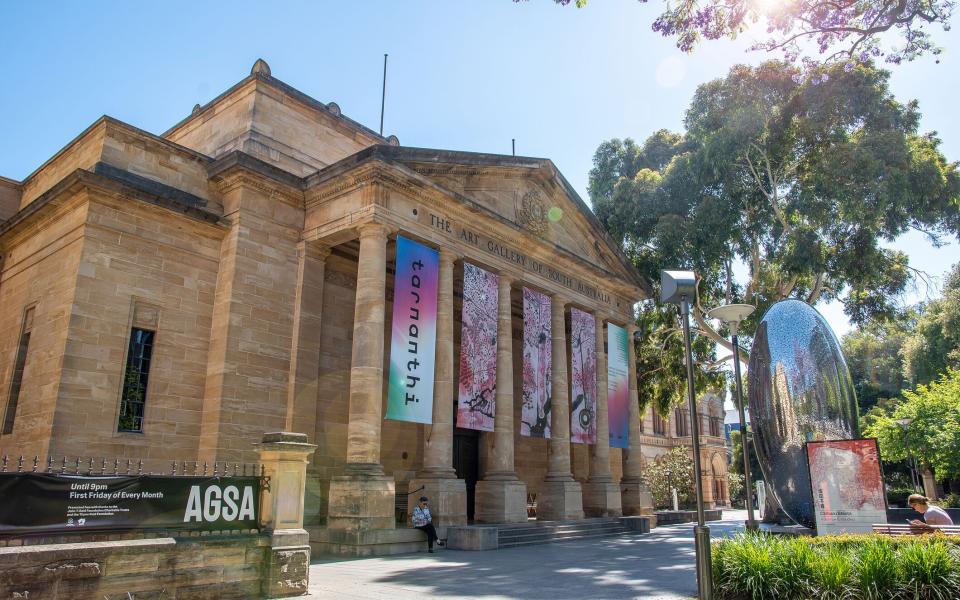The little Australian city with a lot to offer – an expert guide to Adelaide

Why go?
A ‘big country town’ flush with good food and encircled by wine country, South Australia’s leafy and laidback capital offers a great introduction to the so-called Festival State. And with most cruise calls offering a full-day in Adelaide, it’s easy to set a relaxed pace that’s in sync with the city.
Cruise port location
The Port Adelaide Passenger Terminal is located nine miles northwest of Adelaide’s CBD (Central Business District). While the city’s one-berth port is typically a mid-cruise call, several cruise lines – such as Cruise & Maritime Voyages, P&O Cruises, Cunard and Princess Cruises – use Adelaide as a point of embarkation.
Can I walk to any places of interest?
No, all of Adelaide’s attractions are a train, taxi or shuttle ride away.
Getting around
There are various modes of transport in Adelaide, including trains, buses and trams. To reach the CBD from the port take the train from Outer Harbor Railway Station, which is linked to the passenger terminal by a walkway. Trains typically depart every 30 minutes, and the journey takes 40 minutes. Alternatively, it’s a 30-minute taxi ride away.
Adelaide’s compact and flat CBD is a breeze to explore on foot: it takes just 30 minutes to trot from one end to the other. Those with limited mobility should use the free City Connector buses (99A, 99C), which do a city loop, or the free ‘Terrace to Terrace’ tram.

What to see and do
Not only is Adelaide a joy to mosey around, replete with countless great eateries, museums and rich architectural heritage, but it serves as the gateway to numerous other neighbouring areas of interest, from wine regions (Barossa Valley, McLaren Vale, Adelaide Hills) to vast wildlife parks and untouched coastal landscapes.
What can I do in four hours or less?
Almost every cruise line going offers a ‘highlights of the city’ tour. While visitors can easily explore Adelaide’s CBD independently, these short, hyper-focused shore excursions are typically worth your while, tapping into the city’s history and culture, and offering a great foundation for further unescorted exploration.
One of the city’s landmark attractions, Adelaide Central Market is the largest of its kind in the southern hemisphere and essential viewing for anyone who considers themselves a foodie. Roam around this 140-year-old market under your own steam, or book Azamara or Seabourn’s Central Market Tasting tour, sampling the wares of local vendors as your guide leads you around a curated selection of the 80-plus stalls.
If you choose to go solo in the city, there are plenty of museums to visit (the Migration Museum, the South Australian Museum, and the Art Gallery of South Australia are the headline acts), while the Adelaide Botanic Gardens and the State Library of South Australia are two other major calling cards for tourists. Or if the great outdoors beckons, simply head for the golden shores of Glenelg, just a short tram ride away.

What can I do in eight hours or less?
One of ten Great Wine Capitals in the world, Adelaide is surrounded by prized wine regions, home to Australia's oldest family-owned winery and the oldest continuously productive shiraz vines on the globe. Though you could organise a hire car and do it yourself, a shore excursion is by far the better alternative here. Practically every cruise line, from Seabourn to Azamara, offers tasting tours of the Barossa, which is perhaps Australia’s most famous wine region. Holland America Line goes one step further, offering a cooking masterclass at Jacob’s Creek, in addition to its standard Barossa Valley tour. The cruise line also offers a trip to the lesser-known wine-growing region of McLaren Vale.
Those in the market for a nature fix should look to the Coorong National Park cruise – offered by Holland America, Seabourn and Silversea – which journeys through vast saltwater lagoons and past pristine white sandy beaches, promising plenty of bird-watching opportunities along the way.
Cruisers hankering after a closer look at the local wildlife should take the full-day excursion to Cleland Wildlife Park, offered by every major cruise line. Here, many of Australia’s most iconic critters roam freely, from possums and dingoes to koalas and kangaroos.

What can I do with a bit longer?
Explore the city’s burgeoning small-bar scene and indulge in one of its many world-class, paddock-to-plate restaurants; or up the ante and plump for the RoofClimb Night experience, ascending fifty metres above the hallowed grounds of the Adelaide Oval, hands-free.
Eat and drink
The laneways of Adelaide’s CBD bristle with smart-casual wine bars and small plates restaurants with al fresco seating. The Leigh and Peel Street laneways boast a plethora of options, and the East End is another popular dining destination, home to two of the city’s most critically acclaimed restaurants, Orana and Africola.
Don’t leave Adelaide without…
Purchasing a frog, made from chocolate, that is. Haigh’s, born in Adelaide in 1915, is the oldest family-owned chocolatier in the country, and the company’s chocolate frog is arguably its most iconic confection. Haigh’s flagship store, in the historic ‘Beehive Corner’ building, is also an attraction in its own right.
Need to know
Flight time
There are no direct flights from the UK to Adelaide. Instead, choose from the numerous Middle Eastern and Asian carriers that fly to Adelaide via their hubs. The minimum flight time (including connections) is approximately 21 hours.
Best time to go
Australia is a year-round cruise destination, but cruise calls to Adelaide peak between October and April – a period known as the "Wave Season". February and March are typically the busiest months, with the Adelaide Fringe, WOMADelaide and the Adelaide Festival all taking place, driving up demand (and prices) for hotels.

